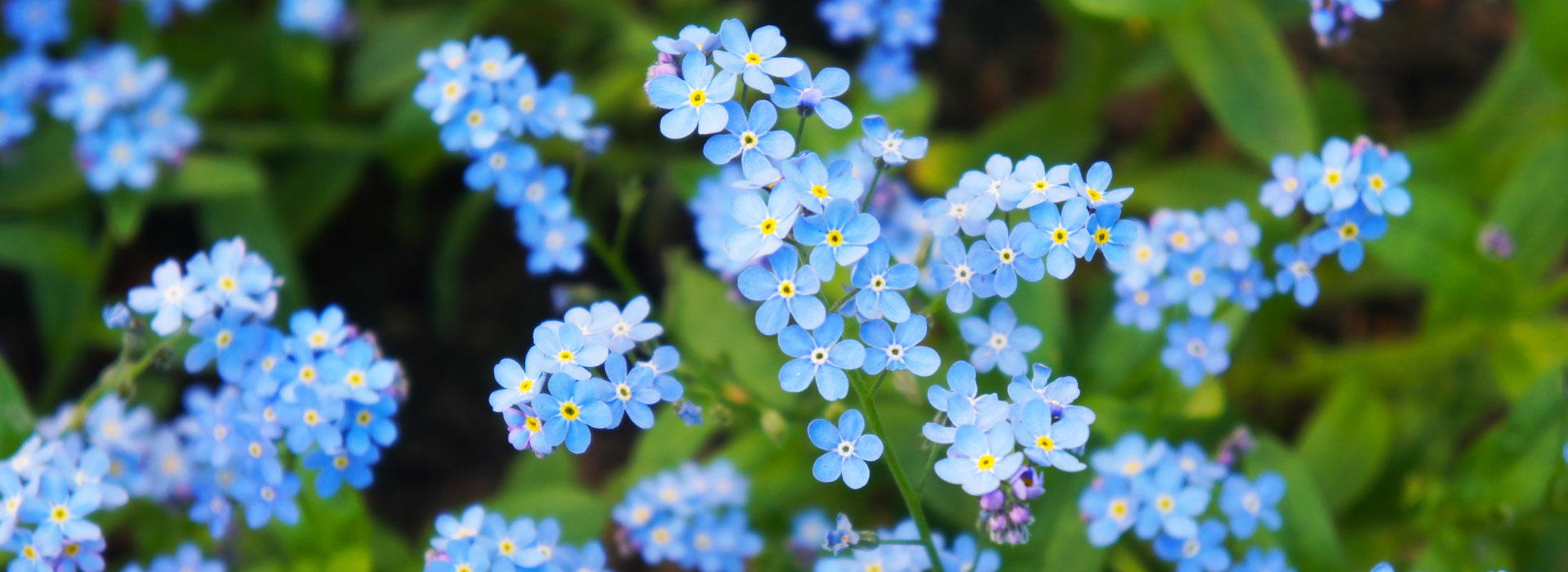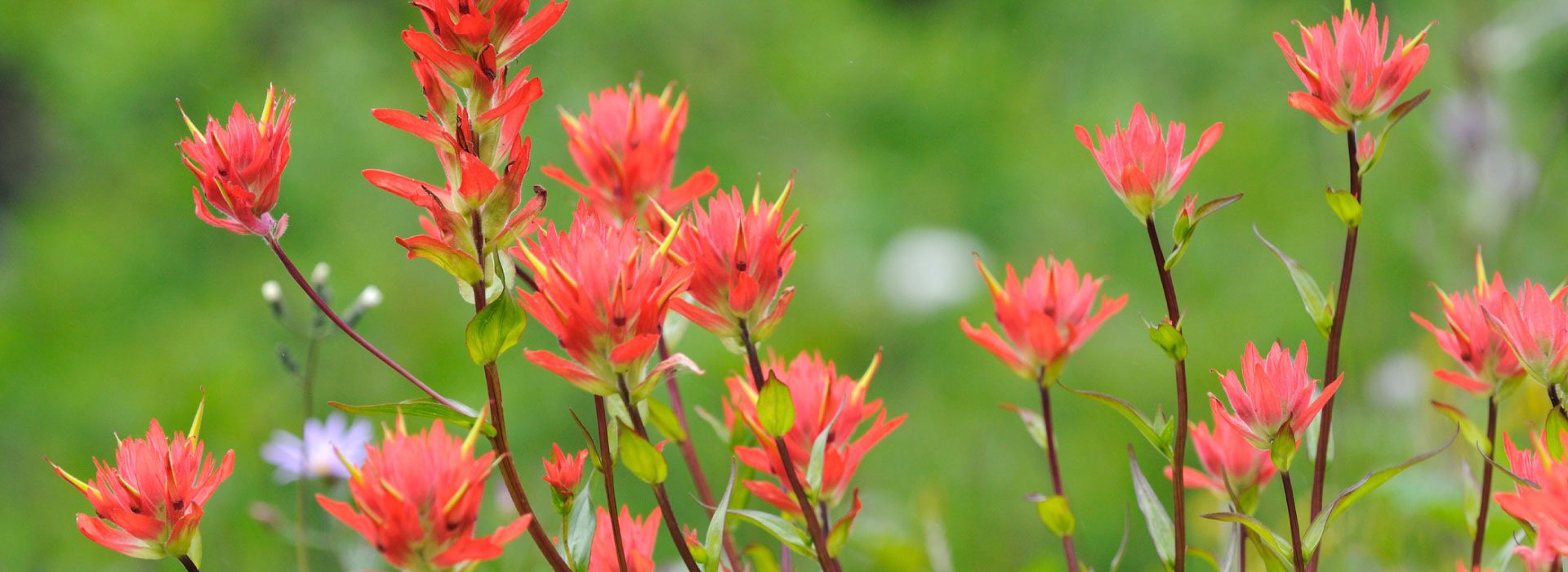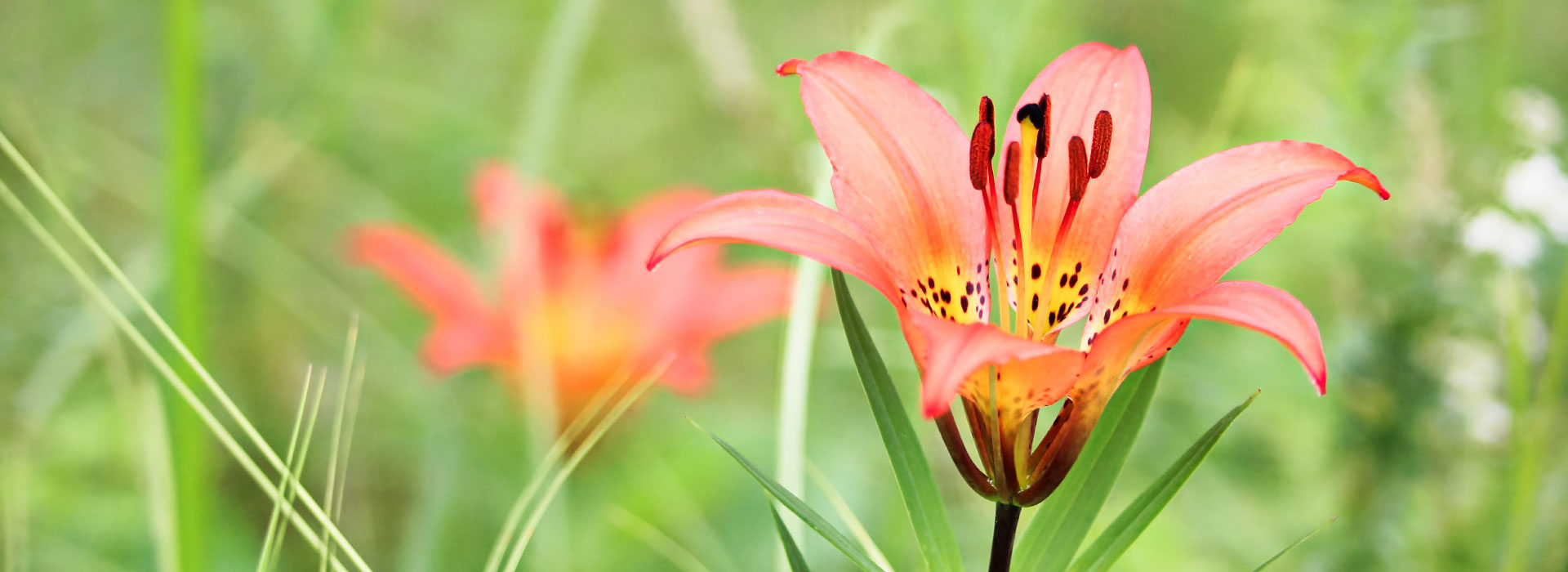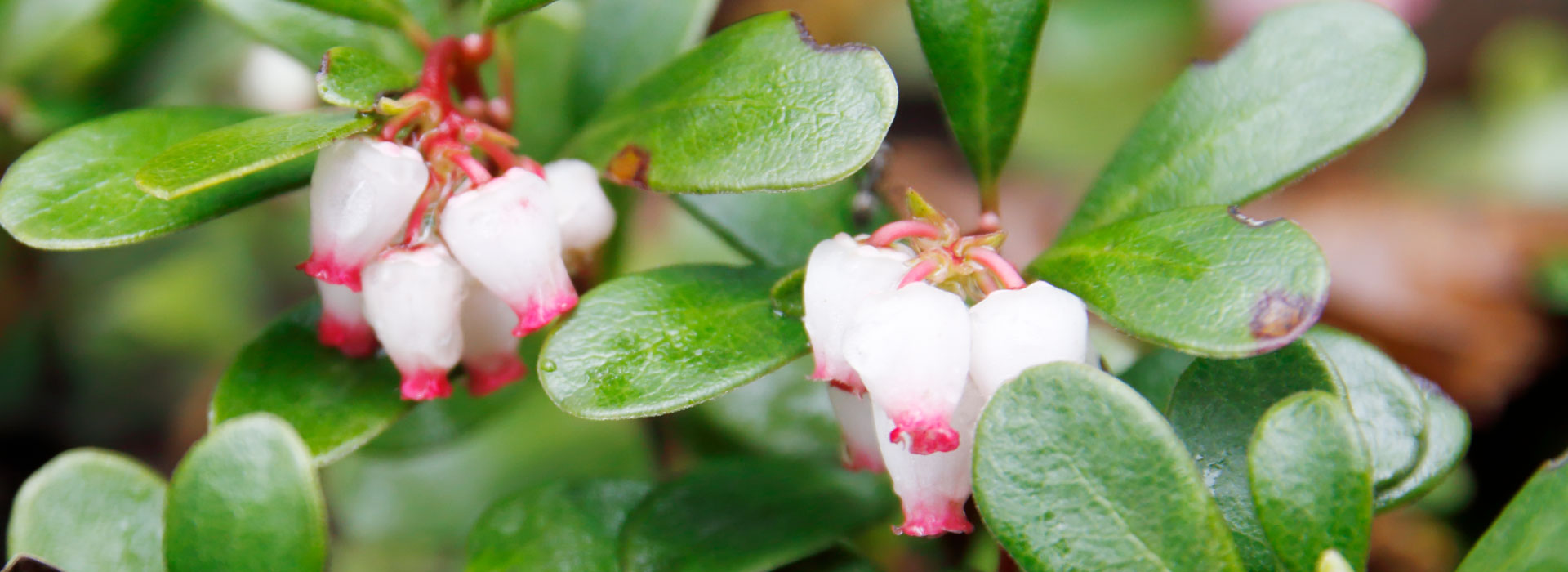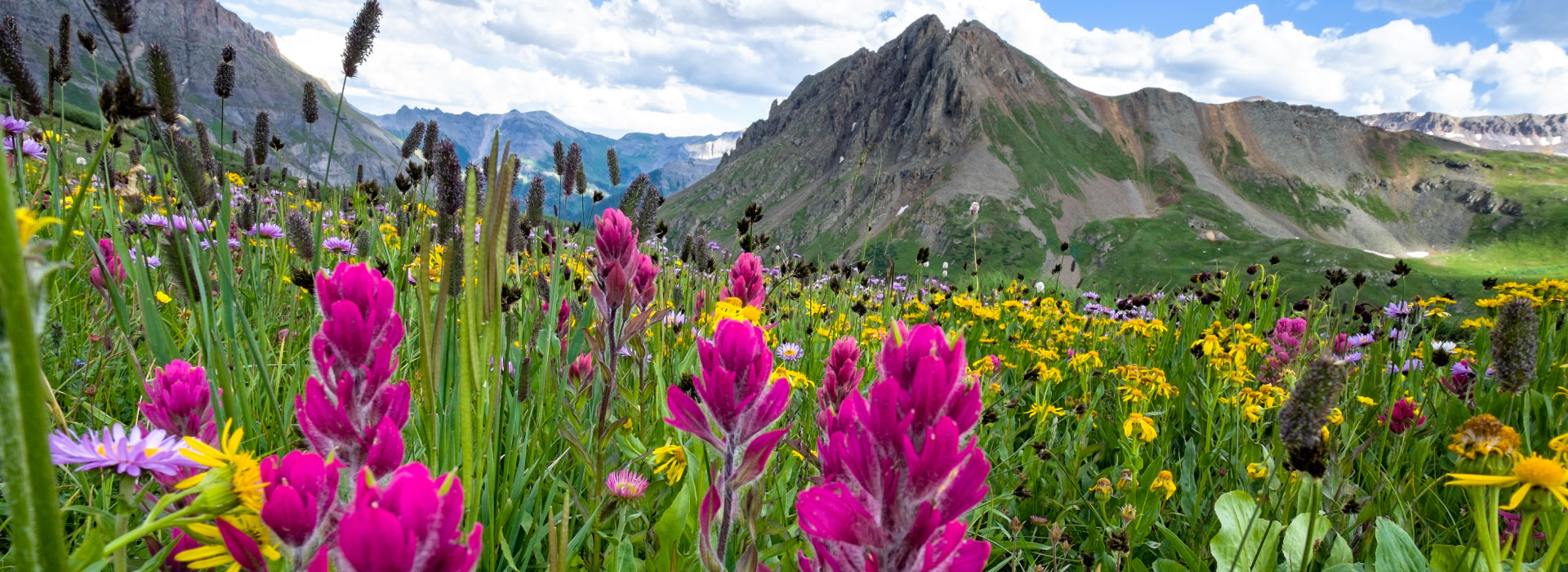
Treatment Rooms
Forget Me Not
Couples room with private tub – part of the Couples Escape Package.
A mountain flower for the mountain adventurer. You must hike well above the timberline, into the high meadows and rocky slopes to catch a glimpse of this flower that blooms from June to August.
-
- These flowers only emit a strong, pleasant aroma during the night, and are odorless during the day.
- These flowers gained their name from a German legend where the last, unnamed plant shouted “Forget-me-not, Lord”, to remind God that it was still nameless – God named it by the last words he heard, ‘Forget-me-not’.
- Forget-me-not is a symbol of faithfulness, remembrance and true love.
Paintbrush
Couples Room.
Nestled right around the Timberline, the Alpine Paintbrush colors the scenery with vibrant Yellows, rich purples, deep reds and all inbetween.
-
- The name comes from the shape of the flower, resembling a paintbrush.
- First Nations also used the flower as a condiment, and was a source of treatment for muscle and join inflammation and pain.
- It was also used to boost the immune system and to improve the quality and glossiness of hair.
- Paintbrush was also used to produce dyes in the past.
Alpine Aster
Facial Room.
The Daisy of the Rockies, the Showy Purple Aster is the native subspecies of Daisy found in Canada & the US. Its familiar sunray shaped flowers add a splash of color to the wide grassy slopes and woodlands.
-
- The name originates from the Greek word ‘aster’ meaning ‘star’ due to the shape of the flower heads.
- The Hungarian revolution in the 20th Century is also known as the ‘Aster revolution’, as all of the soldiers wore asters.
- The alpine aster was smoked in the past, as it was believed that the smoke of this flower protected those against evil spirits.
Wood Lily
Facial Room.
From British Columbia to Quebec, the Western Red Lily is so ubiquitous with the prairies that you can even find it on the state flag of Saskatchewan. Take a walk through the prairie or open woodlands in June and July to find the blooming orange, red or ultra rare yellow flowers.
-
- Many First Nation tribes used the bulbs of this flower for food and medicine.
- Medicinally, the bulbs were once cooked and applied to bruises, wounds, swellings or sores.
- They were also used to make tea for treating coughs, fevers and stomach problems.
- The wood lily is non-toxic to humans, but extremely poisonous to cats.
Stonecrop
Massage Room.
This flowering succulent makes its home amongst the crevices on rocky slopes and in dry, stony soil. In June and July, vivid yellow star shaped flowers appear to bath the mountains in color.
-
- Stonecrops are also known as Sedum, which is originated from the Latin word ‘sedeo’ meaning to sit, resembling how the flowers sit and sprawl over rocks.
- This flower has a variety of odd alternative names such as, ‘Welcome-home-husband-be-thee-ever-so-drunk’, ‘Creeping Tom’ and ‘Live Forever’.
- Stonecrops symbolize peace and tranquility.
Bergamot
Massage Room.
Returning to the prairie, Wild Bergamot was one of the most important medicinal plants to the First Nations. To find this gorgeous plant, head to some dry fields and search for its distinctive pink to lavender flowers in bunches.
-
- Also known as ‘Purple Bee Balm’ and ‘Horsemint’.
- Many First Nations, especially the Blackfoot people who recognized the flower’s strong antiseptic use.
- This flower was used to treat fevers and the common cold, as well as skin sore and eruptions.
Larkspur
Massage Room.
This plants majestic, deep blue/purple bunched flowers lend an explosion of color to the damp meadows and creek beds of the Rocky Mountains. Look, but don’t touch, the Tall Larkspur is extremely poisonous!
-
- The name comes from the one long petal that resembles a spur, or, the hind claws of the lark bird.
- First Nations had a legend of the larkspur, about a celestial figure that tore open the sky and used a piece of the sky to create a spike, so she could climb down to Earth. The spike then disintegrated into small pieces and scattered as Larkspur flowers.
- In Greek mythology, larkspurs emerged from the blood of Ajax after killing himself when he was not given the armor of Achilles.
Bearberry
Massage Room.
The rocky peaks of mountaintops can’t intimidate the Bearberry, who specialize in growing in cold, difficult places. The shrubs hold their leaves and are green year round with the berries maturing by mid-August.
- The name stemmed from the popularity with grizzly and black bears, as an important source of food for them.
- Bearberries are still used commonly in jams, jellies and sauces.
- Tea made from the dry leaves can be used to treat kidney or bladder disorders.
- Bearberries grow along rocky areas, including slopes, hilltops and ridges.
Fireweed
Massage Room.
One of Canada’s most vibrant wildflowers, Fireweed is renowned for appearing in burned or otherwise damaged areas, helping to restore the soil and vegetation. To find this Primrose, one must search through damaged areas or along stony riverbeds and roadsides.
-
- The Blackfoot people rubbed the flowers in rawhide as waterproofing, and dusted a powder, made from the core, on their hands and face as protection from the cold.
- Other First Nations used the fibers to make cordage for fishing nets, coastal tribes used the silk seed fluff for padding and as material to weave blankets and clothing.
- The flower is used as a calendar as the leaves bloom from bottom to top. First bloom is the start of summer, the last bloom is the first snowfall.

